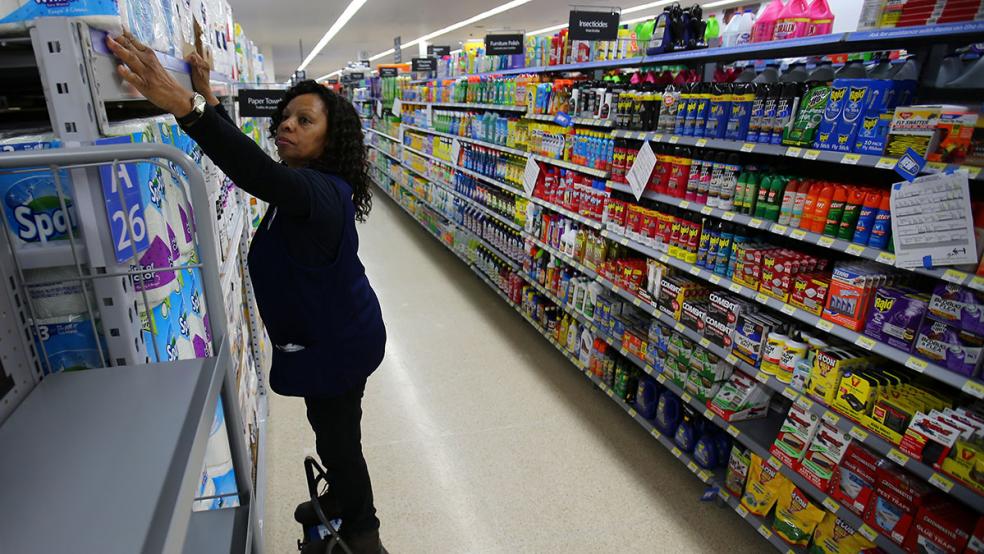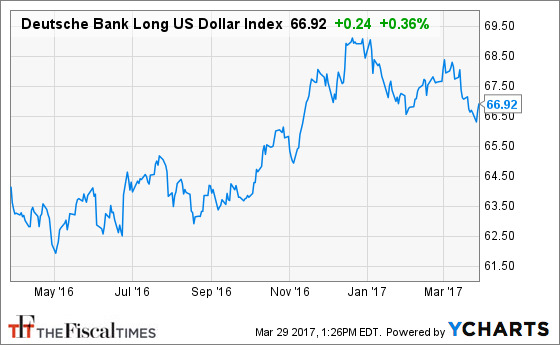The big news this week isn't that the Dow Jones Industrial Average narrowly avoided the longest losing streak since the 1970s. Nor is it the new Justice League trailer or word the Oakland Raiders were moving to Las Vegas.
It's that, according to the Conference Board, American confidence hasn't been this high since December 2000, the very thick of the dot-com bubble. The forward-looking expectations measure is even more bubbly: At 113.8, the index hasn't been this high since September 2000.
Related: Americans’ Household Wealth Hits a New High
This despite the ongoing political bickering in Washington that torpedoed "Trumpcare" before it even got a vote, tepid GDP growth, lukewarm wage gains and the promise of higher interest rates from the Federal Reserve.
What gives? Why are Americans so optimistic?
Some lingering "Make America Great Again" hopefulness is likely a factor. The boost in confidence numbers since the election is simply stunning. President Trump represents, to nearly half the country, the best chance in years to reform government bloat, free the economy from its regulatory shackles and finally push back against the forces of globalization that have hollowed out the American middle class. I'm no expert in psychology, but perhaps some groupthink is in play. If so many people around you suddenly seem happier and more upbeat about the economy, how can that not be infectious?

Indeed, the political divide when it comes to the economic outlook is at a record high, as measured by the University of Michigan in its own consumer sentiment report: Democrats are bracing for a deep recession (71 percent expect one compared to just 11 percent of Republicans) while GOPers expect a new era of robust economic growth (87 percent vs. 22 percent of Democrats). Republicans could be taking things too far, however, as their expectations of employment growth suggest a 0 percent unemployment rate in 2018.
Related: The Five Biggest Winners and Losers in Trump’s Fiscal 2018 Budget
Digging into the details, the Conference Board index suggests the average American likely isn't paying attention to the "hard" economic data. Income expectations are higher despite a recent drop-off in real wage measures, with 21.5 percent of respondents forecasting that their income will increase over the next six months. Only 7 percent, down from 8.1 percent, see their income declining. Similarly, inflation expectations are moving lower even as measures of consumer price inflation are accelerating to the upside.
The recent weakness in the U.S. dollar is likely to magnify this trend by pushing up import prices and lowering inflation-adjusted take home pay.
Tepid retail sales data and mixed spending plans also don’t fit with this picture of rosy confidence. For instance, interest in buying a car is up but homebuying plans are down. Yet reported auto sales were down 0.2 percent in February and 1.3 percent in January.
Maybe Trump can deliver. After last week's health care debacle, hope is shifting to tax reform and the budget, two areas where the market has expected Trump to provide some fiscal stimulus. Time is critical, though, as a government shutdown looms at the end of April without a new spending authorization. The debt ceiling will start biting in September and October. The president is reportedly considering reaching out to Democrats to push middle-class tax cuts and infrastructure spending — a courtship that’s not likely to go smoothly since many on the left feel burned by Trump’s rhetoric thus far, or believe he is a Russian puppet. It's hard to see many chances for bipartisan niceties.
Related: 4 Political Minefields Waiting for Trump Following His Health Care Failure
Without a political breakthrough, disappointment is likely — and it will be felt more acutely by Republicans. Morgan Stanley economist Ellen Zentner notes that the divergence between "soft" survey-based economic measures and hard data based on actual activity is "stunning" and likely to resolve itself to the downside. The Atlanta Fed's GDPNow estimate of Q1 GDP growth is clocking in around 1 percent. And the Federal Reserve's Open Market Committee, after deciding to raise interest rates earlier this month after doing so in December, also largely kept its economic forecast intact. They expect relatively limp GDP growth of around 2 percent over the next few years, far from the 3 percent to 4 percent annual growth rate Trump and his cabinet members have targeted.







